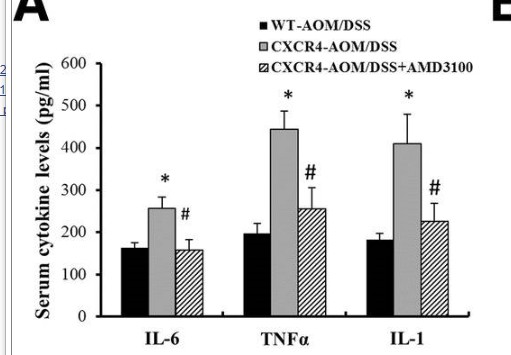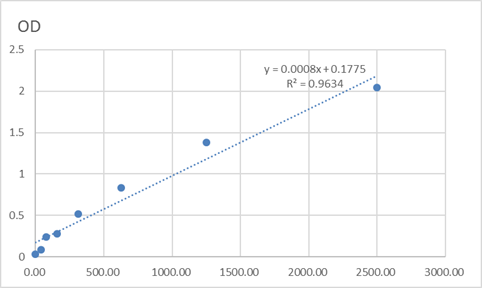Cleaved-SUMO-2/3 (G93) Cell-Based Colorimetric ELISA Kit
- Catalog No.:KA3976C
- Applications:ELISA
- Reactivity:Human;Mouse;Rat
- Gene Name:
- SUMO2
- Human Gene Id:
- 6613
- Human Swiss Prot No:
- P61956
- Mouse Swiss Prot No:
- P61957
- Rat Swiss Prot No:
- P61959
- Storage Stability:
- 2-8°C/6 months
- Other Name:
- Small ubiquitin-related modifier 2 (SUMO-2) (HSMT3) (SMT3 homolog 2) (SUMO-3) (Sentrin-2) (Ubiquitin-like protein SMT3A) (Smt3A)
- Detection Method:
- Colorimetric
- Background:
- function:Ubiquitin-like protein which can be covalently attached to target lysines either as a monomer or as a lysine-linked polymer. Does not seem to be involved in protein degradation and may function as an antagonist of ubiquitin in the degradation process. Plays a role in a number of cellular processes such as nuclear transport, DNA replication and repair, mitosis and signal transduction. Covalent attachment to its substrates requires prior activation by the E1 complex SAE1-SAE2 and linkage to the E2 enzyme UBE2I, and can be promoted by an E3 ligase such as PIAS1-4, RANBP2 or CBX4.,online information:SUMO protein entry,PTM:Cleavage of precursor form by SENP1 or SENP2 is necessary for function.,PTM:Cleavage of precursor form by SENP1, SENP2 or SENP5 is necessary for function.,PTM:Polymeric chains can be formed through Lys-11 cross-linking.,similarity:Belongs to the ubiquitin family. SUMO subfamily.,similarity:Contains 1 ubiquitin-like domain.,subcellular location:Nuclear bodies.,subunit:Homotrimer (Potential). Crystal packing analysis suggests a possible trimeric assembly, of which the biological significance remains to be determined. Interacts with SAE2 and UBE2I. Covalently attached to a number of proteins. Interacts with PELP1.,subunit:Interacts with SAE2 and UBE2I. Covalently attached to a number of proteins.,tissue specificity:Broadly expressed.,tissue specificity:Expressed predominantly in liver.,
- Function:
- proteolysis, macromolecule catabolic process, protein sumoylation, modification-dependent protein catabolic process,protein catabolic process, protein modification by small protein conjugation, modification-dependent macromolecule catabolic process, cellular protein catabolic process, cellular macromolecule catabolic process, proteolysis involved in cellular protein catabolic process, protein modification by small protein conjugation or removal,
- Subcellular Location:
- Nucleus. Nucleus, PML body.
- Expression:
- Broadly expressed.
- June 19-2018
- WESTERN IMMUNOBLOTTING PROTOCOL
- June 19-2018
- IMMUNOHISTOCHEMISTRY-PARAFFIN PROTOCOL
- June 19-2018
- IMMUNOFLUORESCENCE PROTOCOL
- September 08-2020
- FLOW-CYTOMEYRT-PROTOCOL
- May 20-2022
- Cell-Based ELISA│解您多样本WB检测之困扰
- July 13-2018
- CELL-BASED-ELISA-PROTOCOL-FOR-ACETYL-PROTEIN
- July 13-2018
- CELL-BASED-ELISA-PROTOCOL-FOR-PHOSPHO-PROTEIN
- July 13-2018
- Antibody-FAQs


